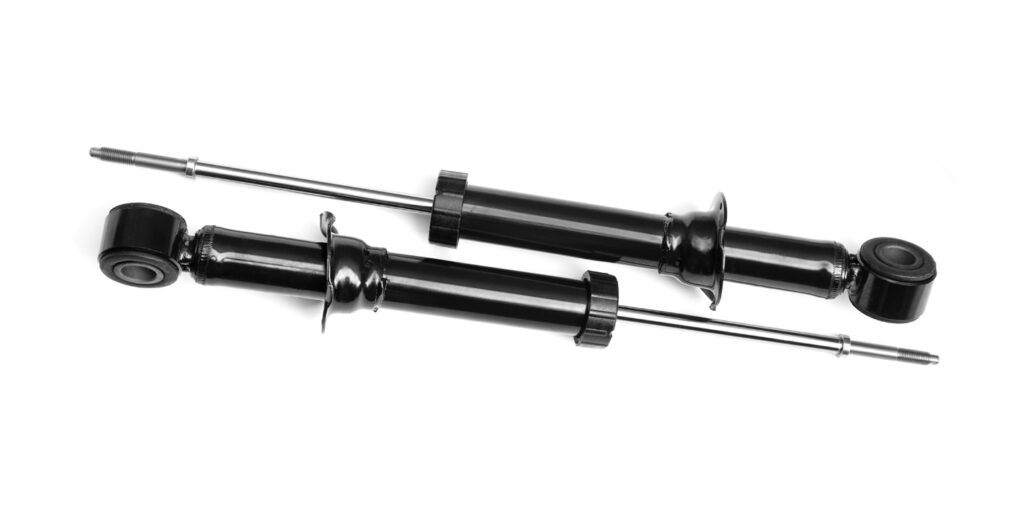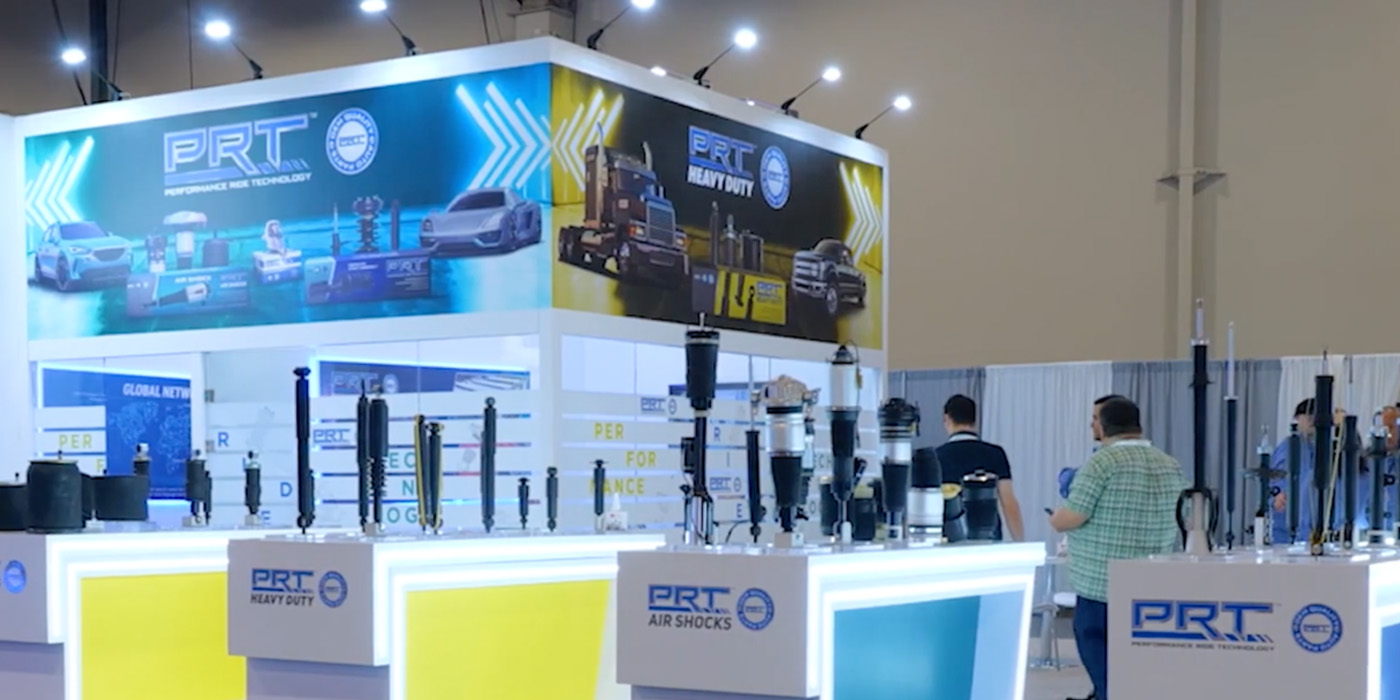In the October issue of AMN/Counterman, we talked about the Automotive Sales Council’s “Check the Part” campaign – an initiative that aims to reduce the sky-high return rate in the automotive aftermarket.
Members of the Automotive Sales Council include representatives from KYB, Dorman Products, FDP Brakes, Motorcar Parts of America, MotoRad and Standard Motor Products. The group developed the “Check the Part” campaign to hit home with counter professionals, who are on the front lines of processing parts returns and weeding out warranty abuse.
Endorsed by AASA and the Auto Care Association, the campaign’s messaging is simple:
√ Open the box.
√ Inspect the part.
√ Verify the return.
Shocks and Struts
Recently, KYB published a return guide for shocks and struts. If a customer wants to return shocks or struts, KYB offers these five tips to help determine if it’s a valid warranty claim or not.
- Confirm that the brand on the part matches the brand on the box. Some customers might try to return worn OEM parts, or parts from a different aftermarket brand.
- If the part hasn’t been installed previously, it can be returned – but it should not be processed as a warranty.
- You can check if a shock is missing hardware by looking at images on the manufacturer’s website. If a part is missing hardware, you can order hardware and place the part back into inventory.
- A part that was damaged during installation can be denied as a warranty claim.
- Inspect the rod for vice-grip marks. If a shock or strut is leaking, someone likely used vice grips during installation and those marks damaged the seal, causing a fluid leak. This is not a valid reason for a warranty and should be denied.
You can download a PDF of the return guide below:













